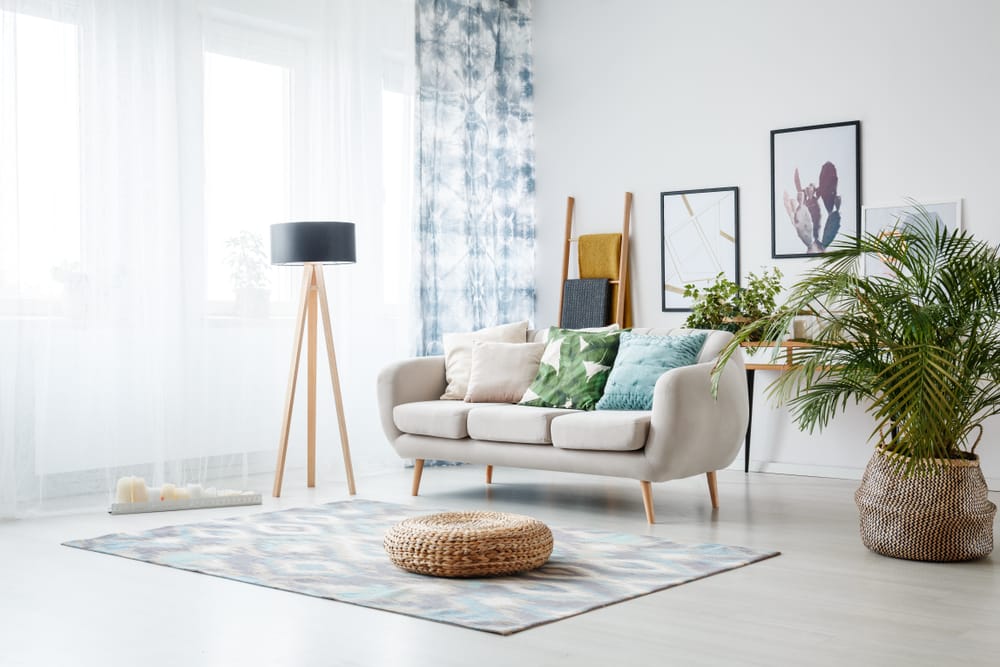When it comes to window treatments, we’re spoiled for choice with the huge range of curtains and blinds available nowadays.
But with the cost of living crisis, and the move towards more sustainable living, one factor that some homeowners are starting to consider is the energy efficiency of their window treatments.
So, let’s dive into the debate: which is better for energy efficiency, blinds or curtains?
The Energy Efficiency Of Blinds
Blinds come in a variety of materials, including wood, vinyl, and fabric, each contributing differently to thermal insulation. One of the main advantages of blinds is their ability to control light and ventilation. During the summer, blinds can be adjusted to block excessive sunlight, helping to keep your room cool. In winter, they can be opened to let in sunlight, naturally warming your room and reducing heating costs.
Certain types of blinds can also be manufactured with thermal interlining, which is specifically designed to enhance energy efficiency. This additional layer of insulation helps to prevent heat from escaping during the winter and keeps interiors cool by blocking out heat in the summer. This makes them an excellent choice for maintaining a comfortable temperature in your home all year round.
The Energy Efficiency Of Curtains
Curtains, on the other hand, offer excellent insulation because of their thicker materials. Heavy fabrics, such as velvet or wool, are particularly effective during the colder months as they provide a substantial barrier against cold drafts. Layering curtains can also enhance this effect, creating an additional layer of insulation.
In addition to fabric weight, the effectiveness of curtains in energy conservation also depends on how they are hung. Curtains that extend beyond the window frame and are allowed to hang to the floor will maximise their energy-saving potential by limiting airflow and creating an air seal. For the ultimate energy efficiency, consider thermal or blackout curtains that are specifically designed to block light and further insulate your rooms.
Comparing Blinds And Curtains
Choosing between blinds and curtains for energy efficiency often comes down to the specific needs of your space and your personal style preferences. Blinds offer more flexibility in light and air control, while curtains excel in providing a thicker barrier against the elements.
However, for the best of both worlds, why not combine the two? Pairing blinds and curtains can not only enhance your room’s style but also maximise its insulation. During the day, blinds manage light and provide privacy, while curtains add an extra insulative layer at night.
Whichever you decide, it’s recommended that you go for a made-to-measure option to get a perfect fit for your windows — which is crucial for maximising energy efficiency.
So to answer the question — it really depends on you. Both curtains and blinds will help to save on your energy bills; the most important factor is making sure your window treatments fit the window perfectly.
Ready to upgrade to made-to-measure curtains and blinds? Take a look at our entire range available online at Sewing House, and order your free samples here.




